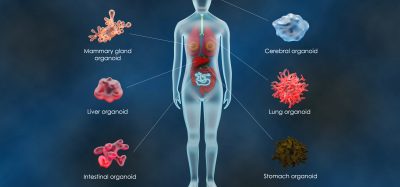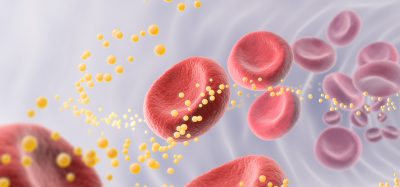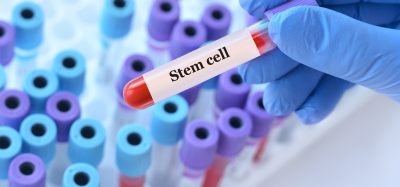Expert view: Screen everything. See everything.
Posted: 10 September 2018 | Yasmina Noubia Abdiche (Carterra) | No comments yet
Explore the full kinetic and epitope diversity of large antibody libraries with high throughput Array SPR (Surface Plasmon Resonance).
The Discovery and development of therapeutic antibodies represents an especially promising and lucrative field for the biopharmaceutical industry. Until recently, the process started with generating large antibody panels, of which only a small fraction of clones could be sampled and engineered for lead generation due to labour‑ and time-intensive workflows.
This approach does not explore the full epitope and kinetic diversity of an antibody library, leading to the selection of suboptimal clones that often need extensive engineering. You might also miss a clone that could be ‘the next big thing’ – AbbVie Pharmaceuticals’ Humira reported $18.427 billion USD of sales in 2017 alone. The ability to process more clones from larger libraries would improve the likelihood of finding an optimal antibody to treat a disease that also offers competitive IP opportunities. To this end, Array SPR facilitates a paradigm shift in the discovery of therapeutic antibodies, making it possible to quickly evaluate hundreds of antigen:antibody interactions in great detail and in parallel.
In contrast to the limited throughput of traditional SPR that positioned the generation of binding kinetic data as a secondary step, Array SPR enables higher information content assays earlier in the research pipeline. Shifting its role upstream provides a high‑throughput, high‑resolution method for characterising binding interactions, allowing deeper exploration of a library’s kinetic and epitope diversity from the very start of the drug discovery process resulting in more informed lead selections.
Combining screening and detailed characterisation in the same step enables researchers to analyse a wider set of clones while facilitating the identification of near-optimal leads requiring minimal engineering. This expedites library‑to‑lead timelines and ensures only clones with the most potential for commercial and clinical success are progressed.
Drug discovery companies taking advantage of this technology will benefit from faster and highly informed candidate selection/progression, a reduced risk of failure, and the opportunity to expand and defend IP space – ultimately increasing the possibility of identifying the next major therapeutic antibody.
Related topics
Antibodies, Biopharmaceuticals, Drug Discovery, Drug Discovery Processes, High-Throughput Screening (HTS), Therapeutics
Related organisations
Carterra
Related people
Yasmina Noubia Abdiche








